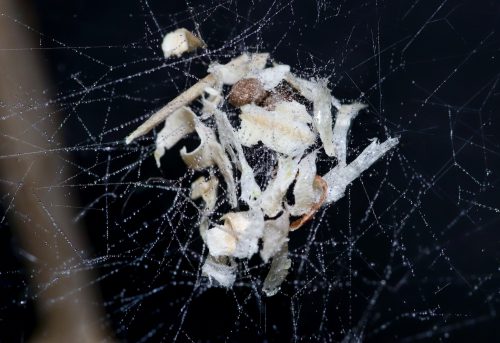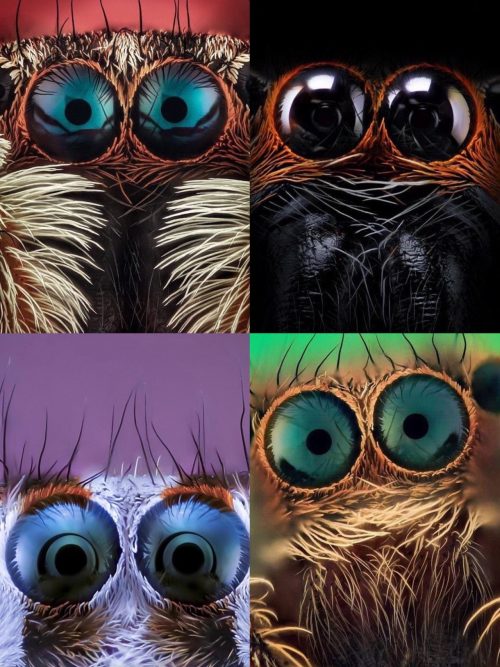I went all around my house, looking high and low for spiders. The good news is that my house is covered with spider food. Gnats, flies, skeeters, bugs of all sort clinging to the fences and walls and window screens. The predators can’t be far behind!
If I were a spider, I’d want to be here, pigging out on the deliciousness.
And the spiders are here! The first spiders I’ve seen outdoors this spring!
I found a half dozen Salticus scenicus scampering about, looking fit and healthy — maybe too healthy, because they were zooming around at high speed, making it difficult to take pictures of them. I took a few, anyway, and posted them on my Patreon page and Instagram.
The game is afoot! Spider season is upon us!




